In vivo single-molecule microscopyWe develop new microscopy methodology and analysis tools to obtain real-time insight of cellular function. Methodologies are largely based on single-molecule and superresolution techniques. |
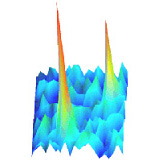 |
MechanobiologyIt has been found to a surprise, that cellular behavior is controlled by the mechanical properties of their environment. Mechanical cues appear to have a profound effect on differentiation and in cancer development. We try to understand how cells are able to measure and interpret the mechanical input, and in how far mechanics plays a role in metastasis. |
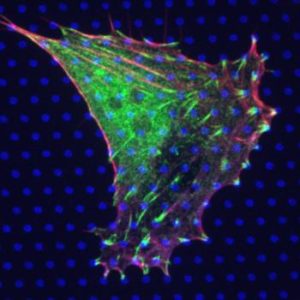 |
Directional sensingClassically, the paradigm for cells sensing their environment was focused on chemical signals. It has been documented that cells are able to detect even smallest chemical gradients and move faithfully in the direction that the gradient dictates. This process has enormous impact in development and immune response. It appears that the signals are so small that stochastic effects are not negligible. Yet, the cellular response is extremely robust. We set out experimentation to discover the underlying physical phenomena that allows cells to create stable non-linear responses even from noisy inputs. |
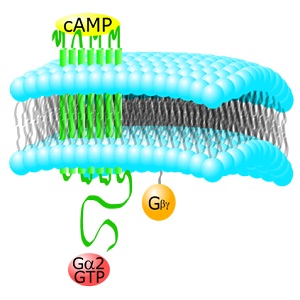 |
Membrane organizationInspired by the rich phase-space of lipid mixtures a model of a structured cellular plasmamembrane has been developed. Using dedicated single-molecule and superresolution techniques we obtain molecular information about their composition and observe the structure and dynamics of membrane domains in vivo. Our investigation is supplemented by studies of in vitro biomimetic models. Our strive is to understand how such membrane domains influence cellular signaling. |
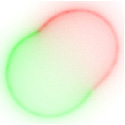 |
Membrane assembliesFor the development of dynamic membraneous compartments like the endoplasmic reticulum, cells couple active components of their cytoskeleton to membranes. This combined assembly of membrane elasticity with cellular forces gives rise to a rich interesting physical and mechanical behavior, which we study in reconstituted models in the test-tube. |
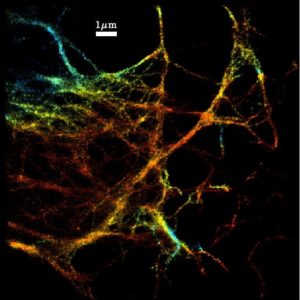 |
Search
News
Latest Publications

